We have already seen that the volume of a tetrahedron (in general, not regular)
we can obtain
joining the diagonals of the faces of a parallelepiped is a third the volume of that parallelepiped.
In this applet we can see the sections of a tetrahedron built from a parallelepiped with square base.
In the initial position, the applet displays a regular tetrahedron cut in half by a square section.
It is a well-known puzzle formed by these two pieces alike.
It is easy to build these two pieces and make the puzzle (each piece is a compound of two small tetrahedra and half octahedron):
We are considering these cross-sections of a tetrahedron that are rectangles in general. In the middle, the cross-section is a square.
You can calculate the area of those sections.
Each of these tetrahedra are inside of a prism with square base:
If x is the distance between the center and the section:
You can calculate the side a:
And the side b of the section:
Now the area of the section is:
You can do the same calculation in an interesting particular case on the page devoted to the
sections of Howard Eves's tetrahedron.
MORE LINKS

The first drawing of a plane net of a regular tetrahedron was published by Dürer in his book 'Underweysung der Messung' ('Four Books of Measurement'), published in 1525 .

We want to calculate the surface area of sections of a sphere using the Pythagorean Theorem. We also study the relation with the Geometric Mean and the Right Triangle Altitude Theorem.

Howard Eves's tetrahedron is Cavalieri congruent with a given sphere. You can see that corresponding sections have the same area. Then the volumen of the sphere is the same as the volume of the tetrahedron. And we know how to calculate this volumen.

Using Cavalieri's Principle we can calculate the volume of a sphere.

We study a kind of polyhedra inscribed in a sphere, in particular the Campanus' sphere that was very popular during the Renaissance.

Leonardo da Vinci made several drawings of polyhedra for Luca Pacioli's book 'De divina proportione'. Here we can see an adaptation of the Campanus' sphere.

Kepler used an intuitive infinitesimal approach to calculate the area of a circle.

In his book 'On Conoids and Spheroids', Archimedes calculated the area of an ellipse. We can see an intuitive approach to Archimedes' ideas.

In his book 'On Conoids and Spheroids', Archimedes calculated the area of an ellipse. It si a good example of a rigorous proof using a double reductio ad absurdum.

Archimedes show us in 'The Method' how to use the lever law to discover the area of a parabolic segment.

We study different prisms and we can see how they develop into a plane net. Then we explain how to calculate the lateral surface area.

We study different cylinders and we can see how they develop into a plane. Then we explain how to calculate the lateral surface area.

Plane net of pyramids and pyramidal frustrum. How to calculate the lateral surface area.

Plane developments of cones and conical frustum. How to calculate the lateral surface area.

The first drawing of a plane net of a regular dodecahedron was published by Dürer in his book 'Underweysung der Messung' ('Four Books of Measurement'), published in 1525 .

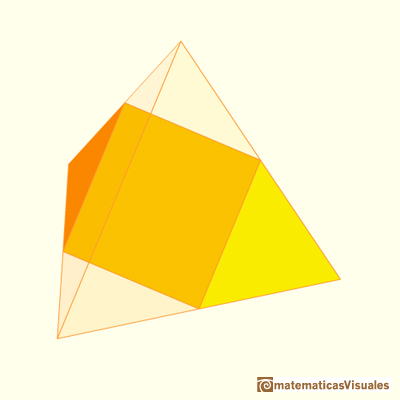
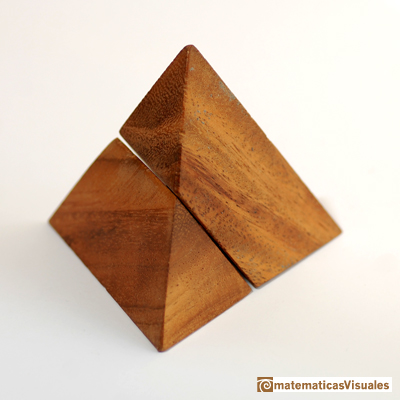

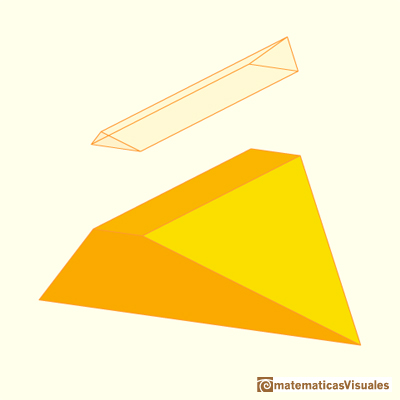
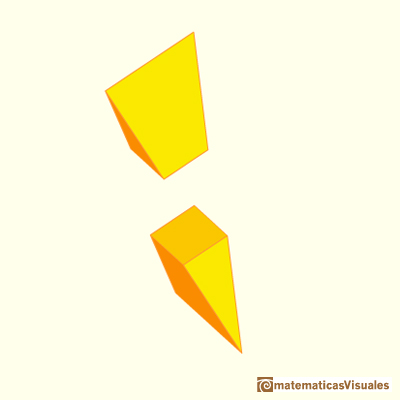
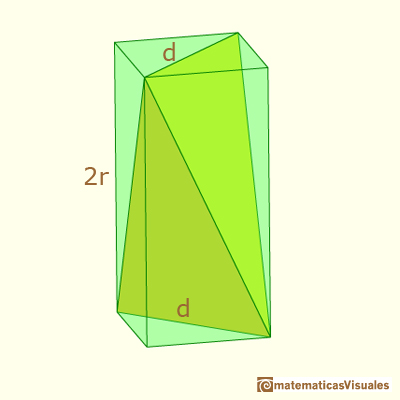
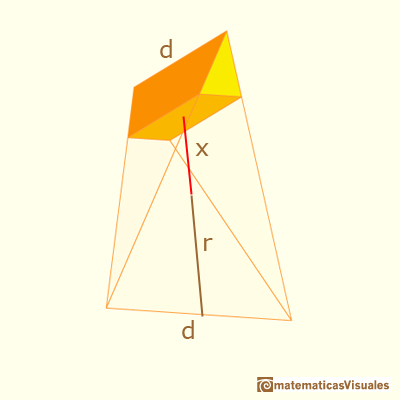
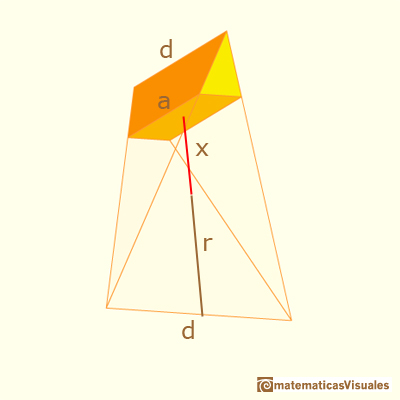
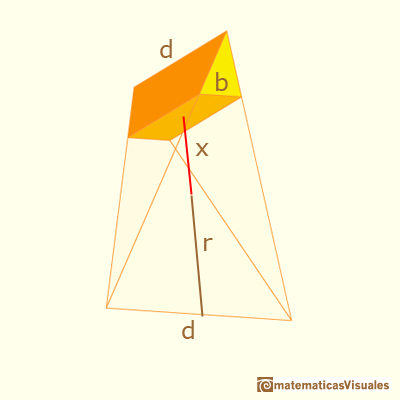
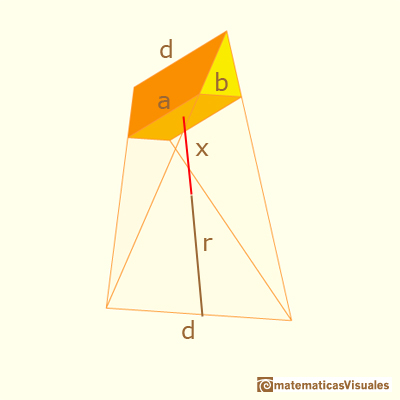
 NEXT
NEXT























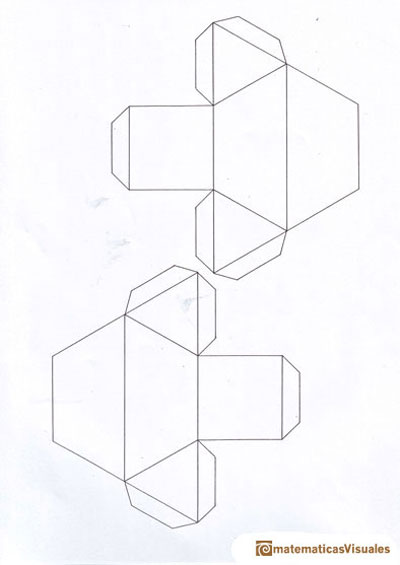

 PREVIOUS
PREVIOUS





